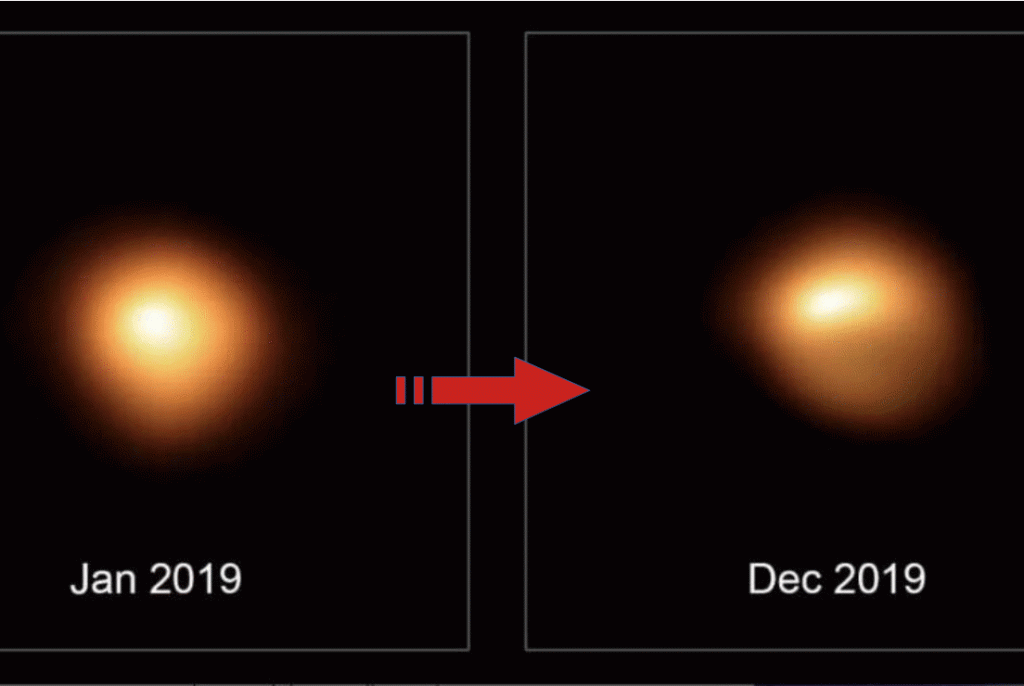Mebbe, for now.

According to Forbes:
>>The red supergiant star Betelgeuse appears to have finally stopped its unprecedented dimming, Villanova University astronomer Edward Guinan told me [ Bruce Dorminey] this afternoon. He says that although he’s unsure what has caused its strange brightness fluctuations, Betelgeuse is not likely to undergo a supernova explosion anytime soon.
“The star has been nearly steady in brightness now over the last 10 days,” said Guinan.
We could be at minimum brightness now and very soon the star will slowly brighten if it follows its normal 420 to 430 period of pulsation, says Guinan. Or when the star periodically changes its brightness, he says. >>
Of course, supernova fans are still rooting for a big boom. At any rate, we shall see soon. END